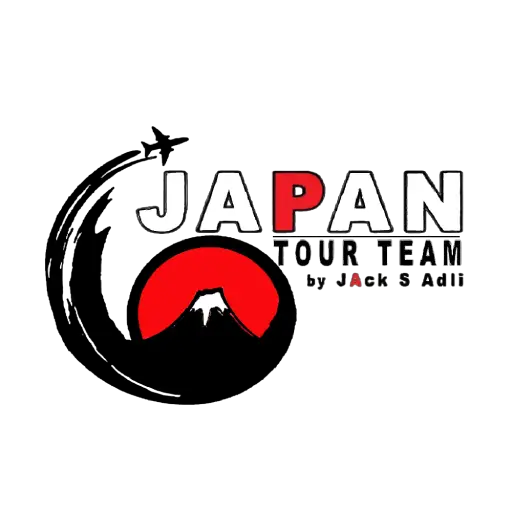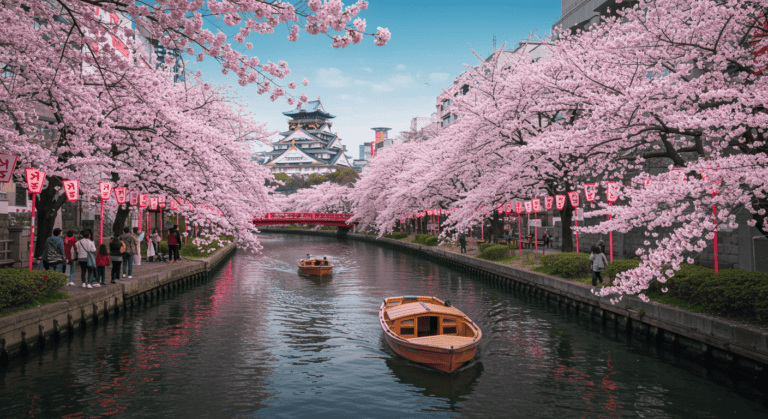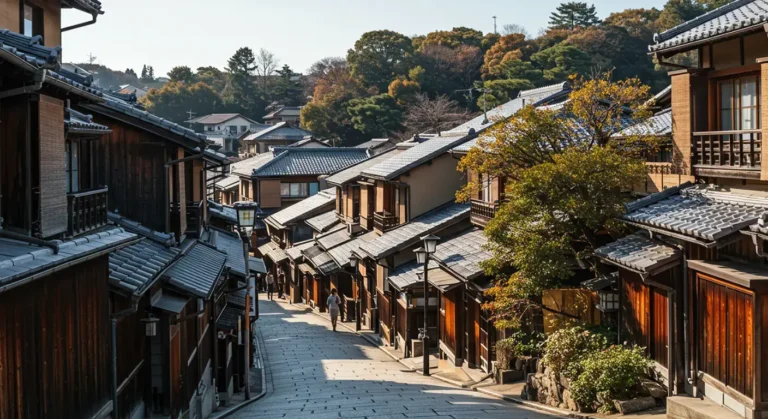First-Time Traveler’s Guide to Tokyo Tour Packages
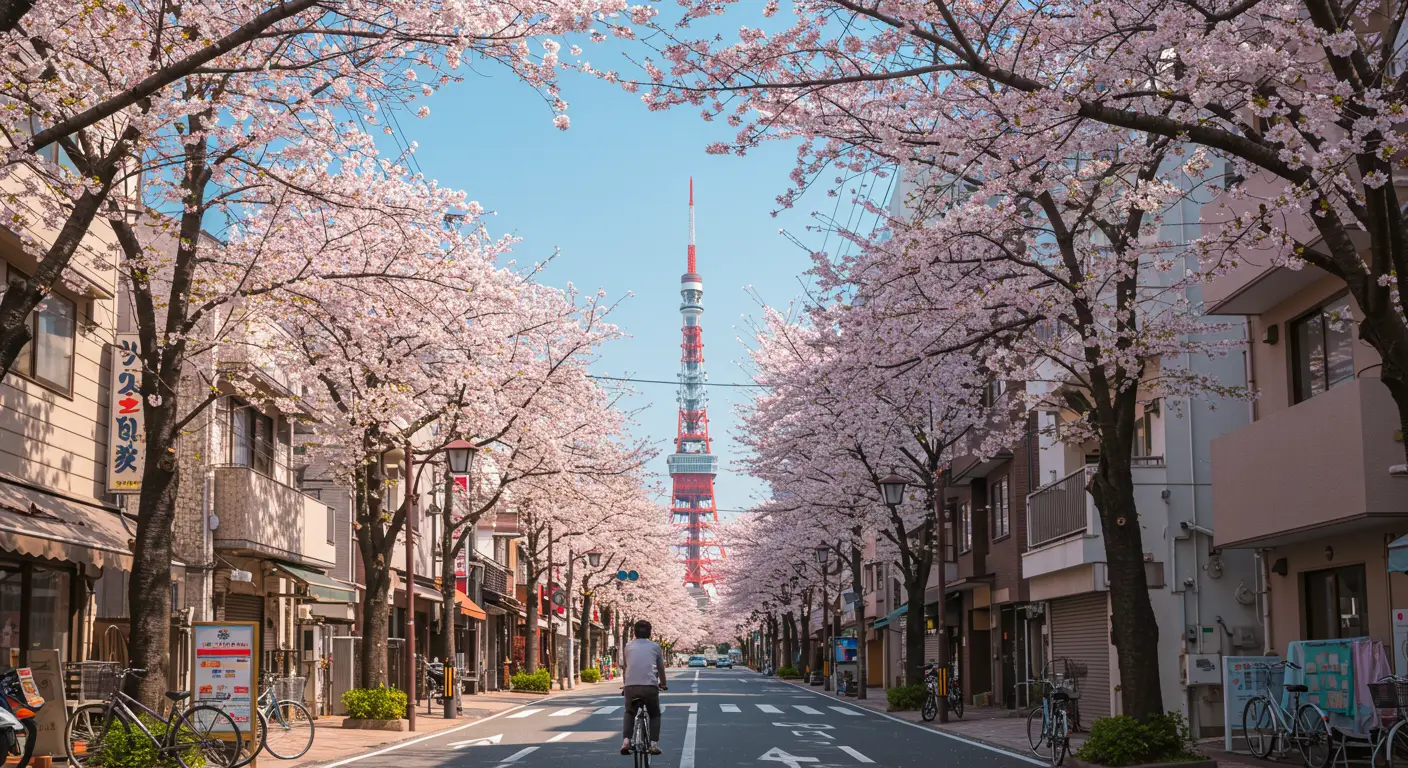
If you’re visiting Japan for the first time, a Tokyo tour package can simplify the whole trip. You won’t need to deal with language issues, figure out train routes, or decide which attractions to visit — the itinerary is already planned for you.
Most packages include hotel bookings, airport transfers, and a local guide. This works well for families, couples, seniors, or anyone who doesn’t want to manage the logistics. Some are tailored for specific needs like halal food, low-mobility routes, or private transport — so you can choose based on what matters to you.
What is Included in a Tokyo Tour Package
Here are a few points of what’s typically included in a Tokyo tour package. Inclusions may vary by provider, so always check the details before booking.
What is NOT Included in a Tokyo Tour Package
Some costs are excluded from a Tokyo tour package, so plan for these separately:
Best Places to Visit in Tokyo
Here’s what you can expect at the most visited stops in Tokyo. These places offer a good mix of culture, city views, and photo opportunities for your social media or memories. They’re included in many tour itineraries for a reason — they give you a solid overview of the city.
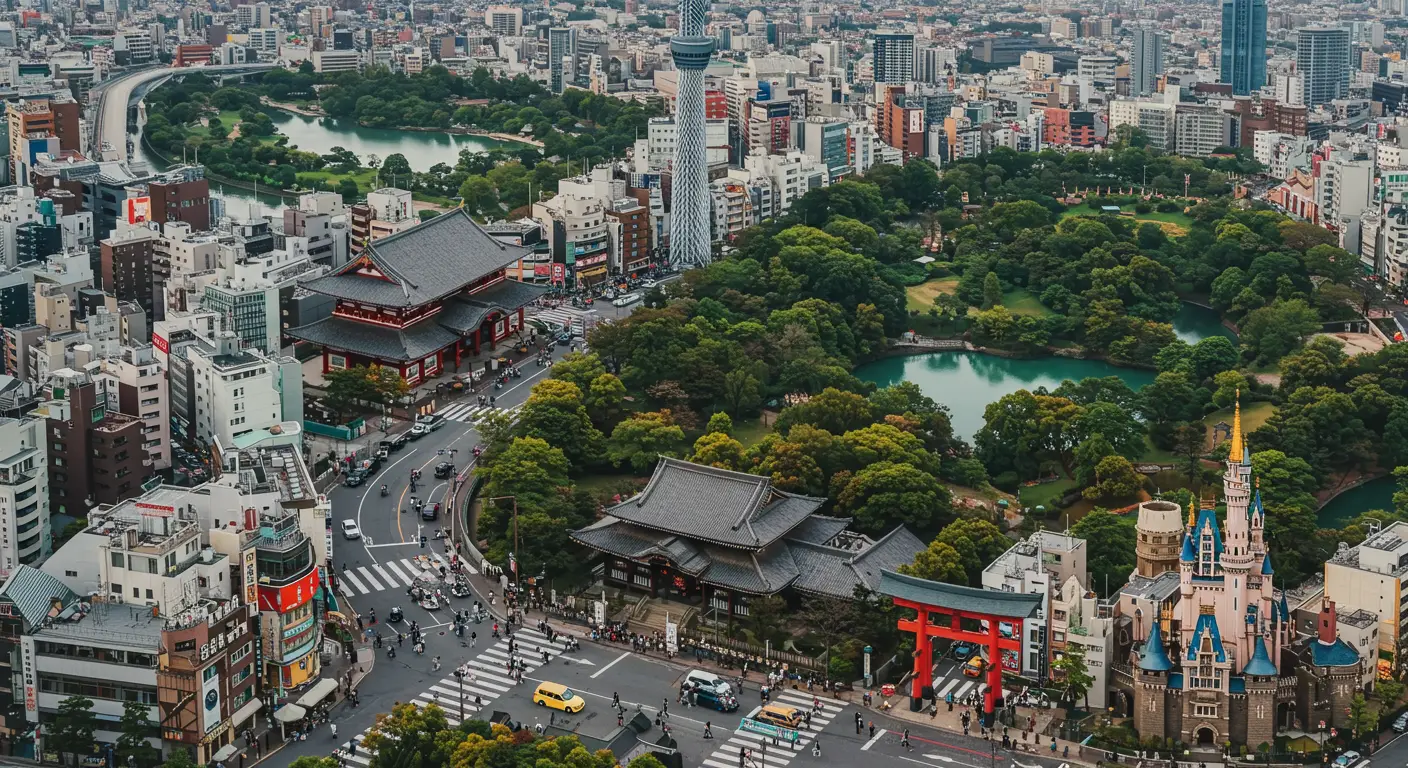
Shibuya Crossing
Shibuya Crossing is one of the busiest pedestrian intersections in the world. Every couple of minutes, hundreds of people move through it from all directions. The crossing is surrounded by giant video screens, shops, and cafes. It’s loud, crowded, and a clear example of modern Tokyo in motion. We recommend grabbing a view from the second floor of Shibuya Station or the Starbucks facing the crossing.
Asakusa & Senso-ji Temple
Asakusa is Tokyo’s old downtown district, and Senso-ji is its centrepiece. This Buddhist temple dates back to the 7th century and draws millions of visitors every year. You’ll enter through the massive Kaminarimon gate, then walk along Nakamise Street, lined with shops selling yummy traditional snacks, folding fans, and yukata. It’s a good place to understand Tokyo’s historical side and pick up small souvenirs for your family, friends, colleagues, etc.
Tokyo Skytree
At 634 metres tall, Tokyo Skytree is Japan’s tallest structure. It has two observation decks with wide city views, especially clear on sunny days. On the lower levels, there’s a large shopping complex, an aquarium, and plenty of food options. Even from the outside, the structure is striking and worth seeing from the Sumida River side.
Meiji Shrine
Built to honour Emperor Meiji and Empress Shoken, this Shinto shrine sits inside a forested area next to Harajuku. The walk through the torii gates to the main shrine building is quiet and shaded, offering a break from the city noise. The site also features a display of sake and wine barrels offered in tribute, and if you visit on a weekend, you might catch a traditional wedding procession.
Ueno Park
Ueno Park is a large public park with museums, a zoo, and wide walking paths. It’s one of the best places to see cherry blossoms in late March and early April. Locals come here for weekend outings, and you’ll often find buskers and food stalls near the entrances. The Tokyo National Museum and Ueno Zoo are located inside the park.
Shinjuku Gyoen
This park combines Japanese, French, and English garden designs in one large space. The grounds are well-kept and good for slow walks, especially during cherry blossom and autumn foliage seasons. It’s less crowded than Ueno and offers a quieter experience. Entry is ticketed, but at a reasonable price.
Tokyo Disneyland/DisneySea (Optional)
These theme parks are located just outside central Tokyo in Chiba. Disneyland follows a more classic format, while DisneySea offers more unique rides and architecture. It’s not part of most standard tour packages because it can take a full day, but some tour operators offer it as an upgrade or free day option. Expect long queues, especially if you’re visiting on the weekends or holidays.
Tokyo Camii & Turkish Culture Centre
Tokyo Camii is Japan’s largest mosque and an active place of worship. Located in Yoyogi Uehara, the building features Ottoman-style architecture with detailed stonework and stained glass. Visitors can walk through the mosque outside of prayer times. The Turkish Culture Centre next door offers halal products and cultural materials. It’s a common stop for travelers looking for halal-friendly options or interested in Islamic architecture in Japan.
📝 Note: Every tour operator offers different itineraries and plans. Some focus on cultural stops, others on family-friendly attractions, or seasonal highlights. Always read the tour details or ask the provider before booking.
Types of Tokyo Tour Packages
There’s no one-size-fits-all when it comes to a Tokyo tour package. Your choice should match how you travel, who you’re traveling with, and what kind of experience you’re after. This section breaks down the main types so you can compare easily.
Budget vs. Luxury Packages
Budget packages focus on keeping costs low with fixed itineraries and basic accommodation. Luxury packages come with more comfort, flexibility, and usually private services.
|
Budget Package |
Luxury Package | |
|---|---|---|
|
Hotel Type |
2-3 star hotels |
4-5 star hotels |
|
Transport |
Shared or public transport |
Private car or van |
|
Group Size |
Large groups (10-30 pax) |
Private or small groups |
|
Itinerary |
Fixed, fast-paced |
Customizable, slow-paced |
|
Meals |
Not included or self-arranged |
Often included or arranged by guide |
|
Tour Guide |
Shared guide |
Dedicated guide |
|
Price Range |
Lower, for budget-conscious travelers |
Higher, focused on comfort and convenience |
Group Tours vs. Private Tours
Group tours are structured and cost-effective. Private tours offer more control and privacy.
|
Group Tour |
Private Tour | |
|---|---|---|
|
Group Size |
Shared with other travelers (10 – 30 pax) |
Your own group (family, couple, etc.) |
|
Schedule |
Fixed departure dates and daily plans |
Flexible based on your preferences |
|
Transport |
Shared bus or van |
Private car or van |
|
Pace |
Set by the group |
Set by you |
|
Itinerary Flexibility |
Fixed route, no changes allowed |
Can adjust stops or timing |
|
Cost |
Lower per person |
Higher total cost, but more tailored |
|
Privacy |
Minimal |
Full |
Muslim-Friendly Tour Packages
Some Tokyo tour packages are designed specifically for Muslim travelers. These include halal meals, prayer-friendly schedules, and culturally relevant stops. They’re common among Malaysian Muslim families and groups who want clarity around food and worship needs.
|
Standard Tour |
Muslim-Friendly Tour | |
|---|---|---|
|
Meals |
Find halal options on your own |
Halal restaurants are arranged or recommended |
|
Prayer Facilities |
Not included |
Daily prayer breaks included |
|
Mosque Visits |
Not included |
Stops at Tokyo Camii or prayer spaces |
|
Tour Guide |
General knowledge |
Some guides trained to support Muslim travel needs |
|
Meal Timing |
Based on group schedule |
Can adjust for prayer or fasting |
|
Travel During Ramadan |
Not adapted |
May offer flexible timing for sahur/iftar |
Tokyo + Nearby City Combo Packages
If you have more time or want to see more than just Tokyo, some packages include side trips to Mt. Fuji, Hakone, Kyoto, or Osaka. These give you more variety without having to plan the logistics yourself.
|
Tokyo-Only Package |
Tokyo + Nearby City Combo | |
|---|---|---|
|
Destinations Covered |
Tokyo only |
Tokyo + Mt. Fuji, Hakone, Kyoto, or Osaka |
|
Travel Time |
Less travel, more time in Tokyo |
Includes intercity travel |
|
Accommodation |
One hotel for the whole trip |
Multiple hotels and transfers |
|
Experience Type |
City-focused sightseeing |
Mix of city, nature, and historical spots |
|
Planning |
Simpler itinerary |
More moving parts, handled by operator |
|
Tour Length |
Usually 5–7 days |
Usually 7–10 days |
Best Time to Visit Tokyo
Tokyo has something to offer year-round, but some months are more comfortable and scenic than others. If you’re booking a Tokyo tour package, timing can affect prices, crowd levels, and weather.
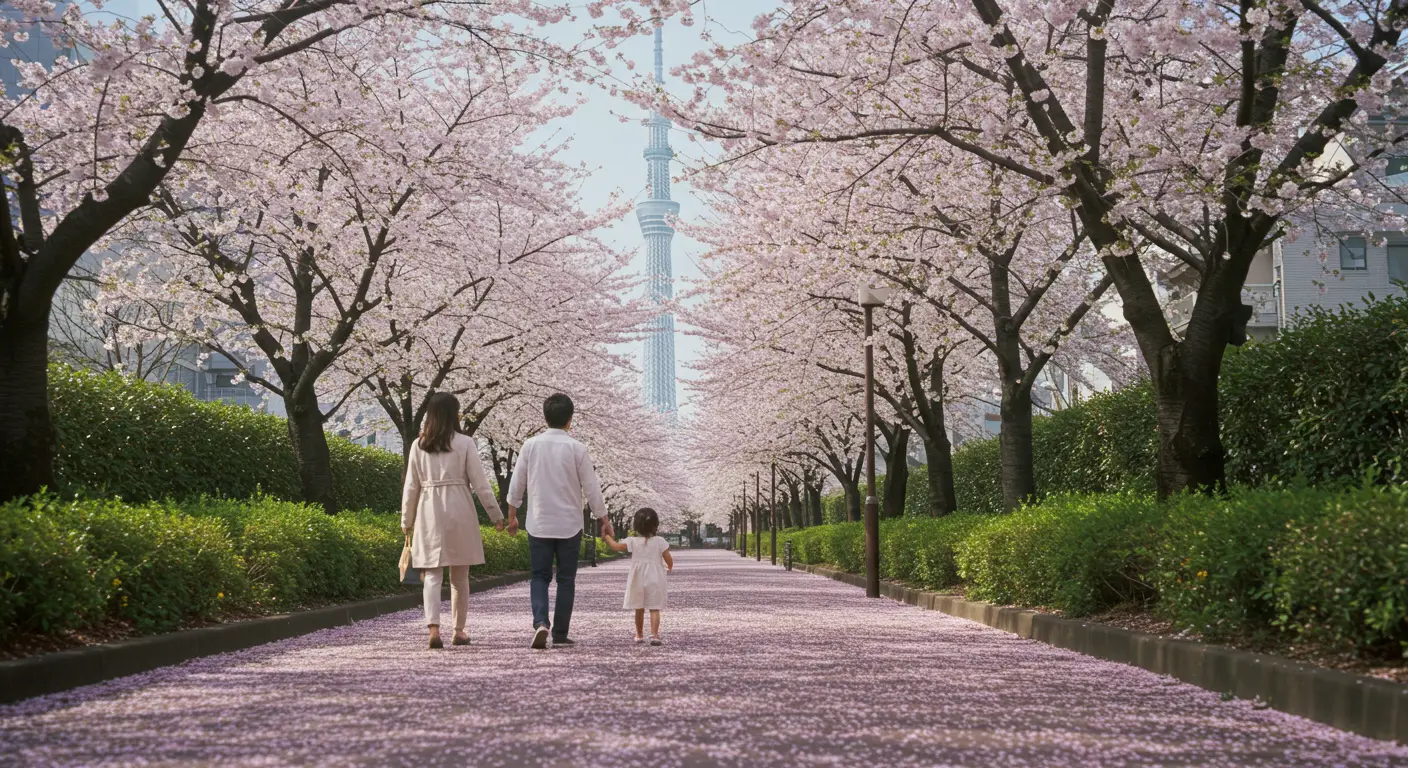
Recommended Travel Seasons
|
Season |
Months |
What to Expect |
|---|---|---|
|
Spring |
March – May |
Cherry blossoms, mild temperatures, and outdoor events. Popular season with high demand and pricing. |
|
Autumn |
October – November |
Cool weather and autumn colors in parks and gardens. Less crowded than spring, still busy. |
Times to Avoid (If Possible)
|
Period |
Reason |
|---|---|
|
Golden Week |
Late April to early May – one of Japan’s busiest holidays. Flights and hotels book out early. |
|
New Year |
Late December to early January – many shops and attractions close for the holidays. |
|
Obon |
Mid-August – peak travel time for locals; trains and tourist spots are very crowded. Also, the hottest and most humid period. |
📝 Travel Tip: Book your tour 3-6 months ahead for better prices and more availability — especially during cherry blossom or autumn foliage.
How to Choose the Right Tokyo Package
Not every Tokyo tour package fits every traveler. Think about what kind of trip you’re planning and who you’re going with. These factors can help you decide which tour package works best for you.
1. Trip Length
|
Trip Duration |
Recommended Package |
|---|---|
|
3–5 Days |
Tokyo-only tour |
|
5–7 Days |
Tokyo with Mt. Fuji or a short day trip |
|
7+ Days |
Tokyo + Kyoto, Osaka, or full combo tour |
2. Who Are You Traveling With
|
Traveler Type |
What to Look For |
|---|---|
|
Family |
Slow-paced tours, hotel near transport, and stroller access |
|
Couples |
Private tours, upgraded hotels, flexible scheduling |
|
Solo Traveler |
Group tours with fixed itineraries and lower cost |
|
Elderly/Parents |
Minimal walking, slower pace, and transport between each location |
3. Food & Religious Needs
If you need halal food or plan to pray during your trip, check if the tour provider includes halal-friendly options. Some offer prayer breaks and mosque stops, while others may just give general recommendations. Always confirm this upfront.
4. Tour Pace & Flexibility
|
Tour Style |
Best For |
|---|---|
|
Full Itinerary |
First-timers who want to visit as many places as possible |
|
Balanced Pace |
Travelers who want structure with some free time |
|
Flexible or Custom |
Private groups or return visitors who prefer full control |
Tips for Booking a Tokyo Tour Package from Malaysia
Before you lock in your Tokyo tour package, here are a few things to keep in mind — especially if you’re booking from Malaysia for the first time.
1. Visa Process
Malaysian citizens with biometric passports (ICAO-compliant) do not require a visa for short-term stays (up to 90 days) in Japan. Make sure your passport is valid for at least six months beyond your travel dates. For detailed information, refer to the Embassy of Japan in Malaysia.
2. Currency
Japan remains a cash-centric society. While credit cards are accepted in many places, smaller establishments may prefer cash. Exchange Malaysian Ringgit (MYR) to Japanese Yen (JPY) before departure for better rates. For updated exchange rates, visit Wise.
3. SIM Cards & Wi-Fi
You’ll need internet for maps, translations, and contact with your tour operator. Here are your main options:
For more info, check NINJA WiFi’s Japan SIM guide.
4. Travel Insurance
Tour packages don’t usually include insurance, so arrange your own. Coverage should include medical costs, cancellations, and lost items.
Here are a few providers Malaysians often use for Japan trips:
5. Booking Early vs. Last-Minute
If you’re traveling during cherry blossom (March-April), autumn (October-November), or school holidays, book 3-6 months in advance. Last-minute bookings limit your choices, especially for Muslim-friendly tours and family-sized rooms.
Recommended Osaka Tour Package Providers
Here are some trusted tour providers offering Tokyo packages. Each one varies in flexibility, service, and price — so choose based on your travel needs and comfort level.
1. Japan Tour Team
Malaysia-based agency focused entirely on Japan. Their Tokyo packages are designed for Malaysian travelers, with halal food recommendations, prayer stops, and a bilingual guide. Balanced mix of fixed routes and custom options. Offers both group and private tours.
2. Apple Vacations
Long-running agency offering large-scale Japan tours. Their Tokyo packages are often bundled with other destinations like Osaka or Hokkaido. A good pick for first-time travelers who want everything arranged upfront.
3. Klook
A platform offering à la carte day tours and passes. Good for those planning their own trip but want to book activities like Mount Fuji tours, Skytree tickets, or Tokyo Disney transfers. Not a full tour operator, but useful if you’re mixing DIY with pre-booked add-ons.
Is a Tokyo Tour Package Worth It?
If you want a hassle-free trip that covers the must-see spots in Tokyo (and maybe Mount Fuji, Kyoto, or Hakone too), a tour package is a good option. It will save you time on figuring out train lines, booking entry tickets, and managing schedules — all while giving you access to local support on the ground.
For first-time visitors, families, or travelers with specific needs — like halal food, prayer breaks, or language support — a tour package makes the experience smoother. Group tours are more budget-friendly. Private tours give you flexibility. And combo packages let you explore more places without having to plan every detail. If you’re considering exploring another destination, check out our Osaka tour package guide.
If you have a clear idea of what kind of trip you want, the right tour package will help you get there without wasting time or money. You can browse available Tokyo packages or reach out if you can’t find one that fits — we can help to customize your trip together.
✈️ Looking to go beyond Tokyo? Our Ultimate Japan Tour Package Guide breaks down how to combine top destinations like Osaka, Kyoto, and many more into one seamless trip.
